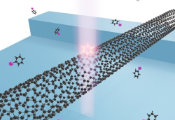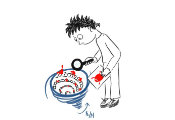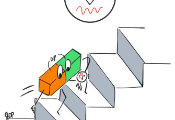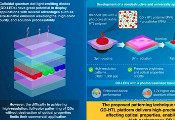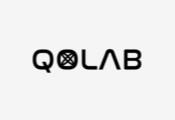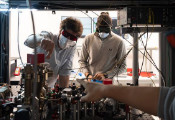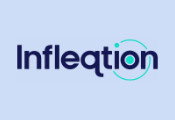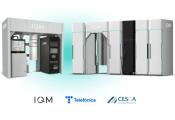Updates and Progress of the MUNIQC-Atoms Project
ParityQC is part of a number of joint projects focused on the advancement of quantum computing – in Austria, Germany and the EU at large. With the new series of articles “Quantum Ecosystem” we would like to give you some fresh insights on the work we’re doing in these consortia.
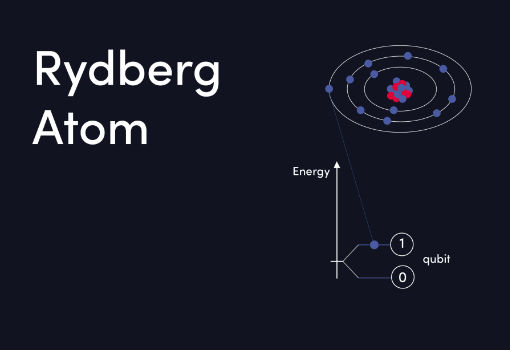
Within MUNIQC-Atoms, a consortium of 18 partners from academia and industry is developing a scalable quantum computing demonstrator based on trapped neutral atoms, which will be integrated in the Munich Quantum Valley ecosystem.
Multi-qubit gates and a hardware-specific compiler
ParityQC aims to implement industry-relevant optimization problems on the neutral-atom quantum processor under construction by the consortium. The goal is to develop all the necessary components for the ParityQC Architecture on the hardware side and create a software plugin that enables the efficient computation of optimization problems on the MUNIQC-Atoms quantum computing demonstrator.
The role of ParityQC in the consortium is based on the proposal highlighted in the paper Quantum optimization via four-body Rydberg gates: a four-body Rydberg Parity gate with high-fidelity which enables more efficient encoding of optimization problems in Rydberg platforms. Achieving a four-body coupler was the missing piece that motivated the five authors of the paper to develop a new scheme addressing multi-qubit operations based on neutral atoms. This development facilitates the direct and straightforward implementation of the ParityQC Architecture.
In the initial phase of this work, the ParityQC team has been actively involved in the development of fast and native multi-qubit gates tailored for neutral atoms. Collaborating closely with hardware partners for an efficient co-design, gate designs were adapted to align with the technical possibilities of the strontium-based neutral atom quantum computing demonstrator. The best candidates of the multi-qubit couplers are to be realized experimentally at a later stage.
Moving into the second phase of our team’s effort, we will also develop a hardware-specific compiler by incorporating these multi-qubit gates. The ParityQC compiler will generate a customized layout tailored to a given optimization problem, ready for implementation on the demonstrator. Given the current progress within the consortium, achieving a medium-scale implementation of the ParityQC Architecture using neutral-atom qubits appears to be realistic.
From qubit encodings to quantum error correction
Since the MUNIQC-Atoms project was launched over two years ago, the consortium partners have achieved several essential milestones on the way to a scalable neutral atom quantum computer.
Significant progress has been made through collaborative efforts, demonstrating quantum control over ultracold atoms, as highlighted by the Max Planck Institute of Quantum Optics during the consortium meeting in December 2023. Additionally, MUNIQC-Atoms’ partner universities in Stuttgart and Tübingen have been exploring different qubit encodings, in order to improve the computational speed and extend coherence times within strontium-based qubits. On the theoretical front, the consortium is investigating aspects such as efficient circuit compilation, platform-specific quantum error correction, and potential quantum advantages. Related to this, the publication list of the project can provide some interesting insights. To streamline these efforts, the quantum system will be integrated into a dedicated software environment, providing remote cloud access and hybrid computation with HPC systems.
About neutral atoms: an efficient platform for quantum computing
The realm of quantum computing has been continually expanding, with several hardware platforms currently under investigation for their potential to enable the next generation of computational power. Among these, neutral atoms – the core technology that the consortium is focusing on – have emerged as one of the most promising candidates.
The technology is based on using lasers for cooling and trapping single atoms, whose quantum state can be then manipulated through optical or microwave pulses. Neutral atoms are known as being the most natural qubit candidate, possessing many qualities that make them suitable for quantum computing, including superposition and entanglement. Trapped neutral atoms are efficiently isolated from the environment, providing good coherence times and lower error rates. This attribute is crucial in quantum computing, as it provides the stability needed for quantum information processing. Furthermore, the strong interaction between Rydberg atoms – highly excited neutral atoms – enables fast, high-fidelity quantum gates. Finally, they have a great potential for efficient scalability.
About MUNIQC-Atoms: a scalable demonstrator for neutral-atom quantum computing
MUNIQC-Atoms brings together 18 partners with unique expertise in their fields, with the goal of building a quantum computing demonstrator based on neutral atoms. The project was officially launched in January 2022.
The Max Planck Institute of Quantum Optics (MPQ) coordinates the consortium, and the scalable quantum processor of MUNIQC-Atoms is currently being built at the institute’s lab in Munich. This processor is based on a two-dimensional array of trapped strontium atoms, combining the advantages of scalable optical lattices with high-fidelity Rydberg gates. It will feature local controllability and parallel entangling gates. This project is very ambitious in scope as it targets the full quantum computing stack, from low-level atomic hardware to its integration into high-performance computing environments. The goal is a rapid construction of a neutral-atom-based quantum computing demonstrator with state-of-the-art components, capable of hosting over 400 qubits by the end of the project.
The MUNIQC-Atoms consortium brings together research groups and industry experts from various fields, with expertise ranging from fundamental quantum information science to custom-designed lasers, integrated optics, compilers, high-performance computing frameworks, and more. The unique and complementary expertise of the project partners really sets the MUNIQC-Atoms project apart, fuelling its potential for breakthroughs in neutral atom quantum computing.

